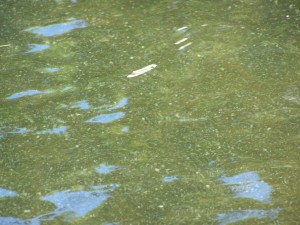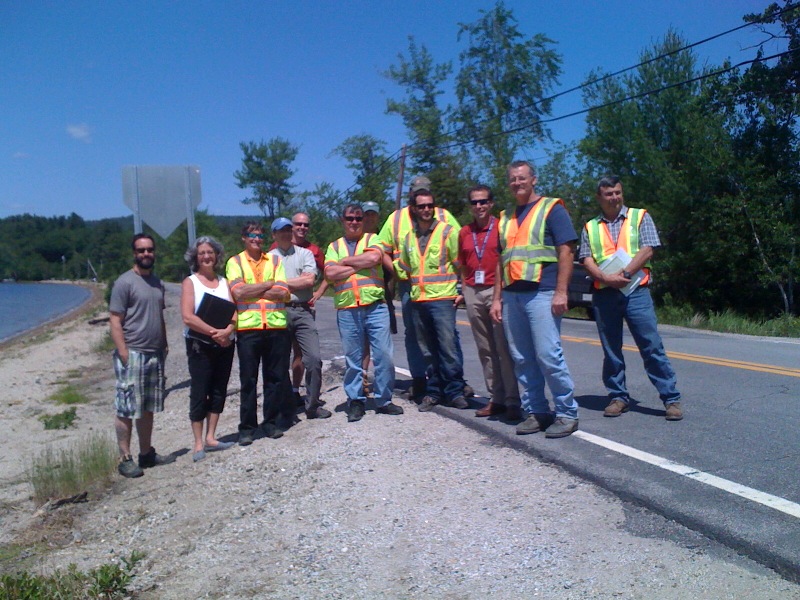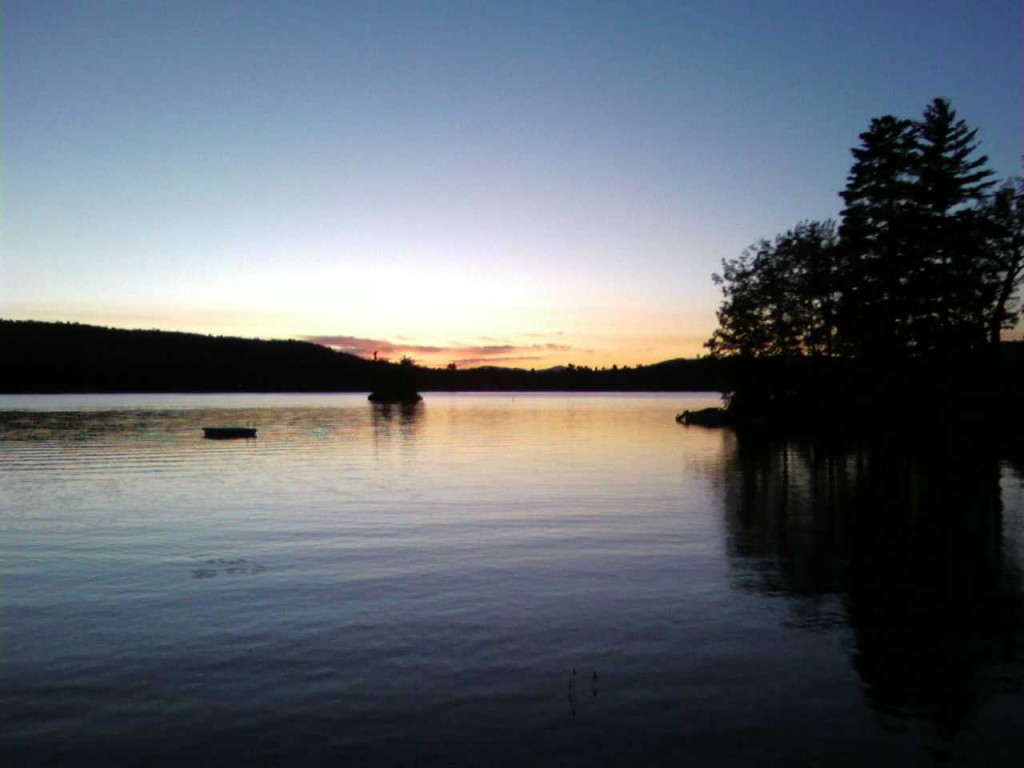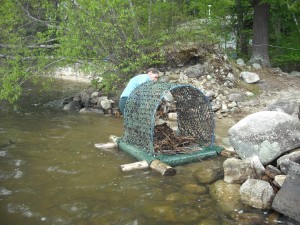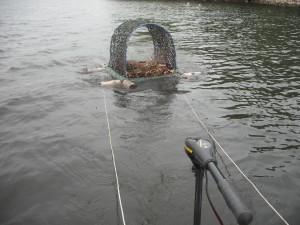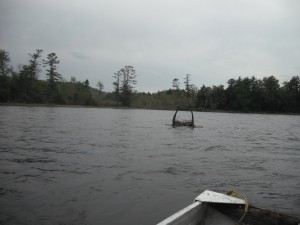Hello Fellow Lakers,
Please see the note below from NH DES. We seem to have a cyanobacteria bloom in the lake and it is most noticeable near the boat ramp on Bonnyman, but everyone on the lake needs to keep their eyes open. It is mixed with pollen and instead of being blue/green, it is whitish and yellow small clumps that not only is on the surface, but also goes down in the water. The concern is for ingesting it, not necessarily touching it. Keep children and pets out of it. And rinse off if you go in it.
Regards,
Jon Samuelson
President, PLA
President Of Province Lake Association,
As we discussed on the phone, we will be issuing a cyanobacteria advisory for the boat launch on Bonnyman Road, Province Lake based on your recent description of the changing conditions from this morning. The two samples that were submitted to DES were not at levels that would initiate a lake wide warning. Both were below the 70,000 cells/mL that prompt further action. However, the clumps/material that were in the sample are a type of cyanobacteria so if this is reoccurring and at elevated concentrations at the boat ramp it is best to advise the folks entering at this public access point. It should be especially helpful to have the lake host convey this information as folks come in.
Please do post that area with the red sign(s) as soon as you are able and I will go through the usual protocol for issuing an advisory so that the information is available on our website. To review, if conditions change over the weekend – the boat launch area has cleared up, the beach area on route 153 or campground beach are showing signs of elevated cell concentrations- please call 271-8803 (I will check messages) or 419-9229 so that we can adjust the website information accordingly.
The important points to get across
- A cyanobacteria advisory is not a lake closure.
- Our assessment of cyanobacteria involves a microscopic evaluation which serves only as a precautionary measure for short term exposure to cyanobacteria. Our recommendation is to avoid contact with any area of water experiencing a bloom. Ingestion of the bloom/scum is one of our primary concerns. Keep pets out.
- Due to the nature of cyanobacteria it can be very frustrating to track a bloom as it is visible at one time but in a few hours it appears to have dispersed dependent on wind, current and/or rain. Be vigilant to the changing conditions of individual shorelines.
- Cyanobacteria (formerly called blue-green algae) are present in all lakes around the world and it is true that some species of cyanobacteria produce toxins however; it is only when a visible bloom of cyanobacteria is present that we recommend avoiding contact as a precaution.
Other potentially useful information resources:
http://des.nh.gov/organization/divisions/water/wmb/beaches/cyano_bacteria.htm (recreational exposure)
http://des.nh.gov/organization/commissioner/pip/publications/wd/documents/cyano_id_flyer.pdf (how to identify, who to contact)
Current Advisories: http://www2.des.state.nh.us/Advisories/Beaches/
Beach Twitter Feed: http://twitter.com/NHDES_Beaches
DES Beach Advisories Email Newsletter: http://des.nh.gov/media/enews/index.htm
________________________________________________
Teresa Ptak
Clean Vessel Act Coordinator/Beach Program Assistant
Biology-NH Department of Environmental Services
29 Hazen Drive, P.O. Box 95
Concord NH 03302-0095
Ph: (603) 271-8803
Fax: (603) 271-7894
Teresa.Ptak@des.nh.gov or cva@des.nh.gov

